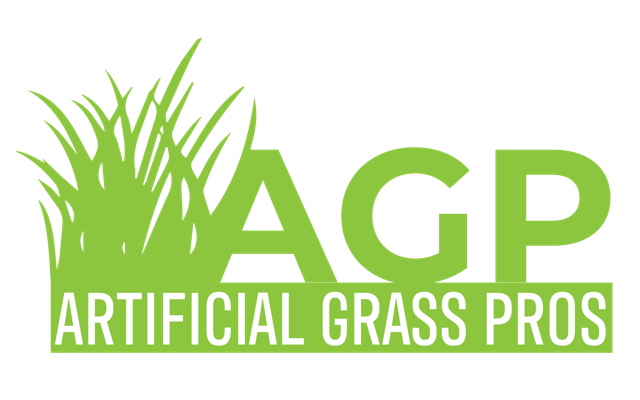Artificial turf is a specific surface of synthetic fibers designed to appear like natural grass. It’s most
frequently used in athletic arenas for outdoor sports or have traditionally been played on natural
grass. But more frequently, it’s being utilized on commercial and residential turf grounds as well. This
article will discuss the common uses of artificial turf.
In an athletic stadium or sports field, synthetic turf can be used to simulate the look and feel of
natural grass, without the commitment to maintenance. Artificial turf’s surface can be made of
materials like rubber and polyethylene to provide grip and traction. Rubber is commonly used
because of its elasticity and durability, which means it can conform to the contours of the entire
playing surface, unlike natural grass that may shrink or expand from varying temperatures and
different environmental conditions. Polyethylene is widely used because it doesn’t require fertilizers
and herbicides to keep growing and maintaining it looking good. These two materials have different
properties when it comes to dealing with water and temperature requirements; however, crumb
rubber has its own special set of advantages.
Crumb rubber provides excellent moisture resistance, which is especially important in athletic fields,
hot home and garden applications and industrial manufacturing areas. This material is also highly
flexible and has high compressive strength, meaning it can be cut to fit any shape including square
and rectangular. Additionally, synthetic fibers don’t contain lignin, the plant chemical that makes
ground surfaces look and feel “crispy.” Synthetic turf moisture resistant and smooth qualities make it
ideal for use on athletic fields and in other indoor applications. Moreover, the rubber fibers don’t stick
to each other, allowing for proper drainage.
Furthermore, using synthetic turf has been shown to reduce potential health risks for people who are
highly susceptible to heat stress. Heat stress is caused by the continuous stretching of a rubber
material. While the stretching occurs, the surface may become hot and this causes inflammation.
Heat stress can cause major discomfort and injury over a long period of time.
A University of Michigan study conducted in 2021 showed that people with latex allergies suffered
significantly less discomfort when treated with waterless asphalt. The study was conducted on the
teams playing at the university’s football and basketball facilities. The results showed that the
patients who were treated with waterless synthetic turf had less itching and skin irritation than those
players who stayed on standard asphalt surfaces. The authors of the study conducted this study
after conducting a previous study which indicated that artificial grass may also benefit people with
heat stress and muscle pain by reducing the rate at which the body cooling mechanism kicks in
during activity.
Water is one of the most common components of playing surfaces. Therefore, players are more
likely to contract infections when playing on turf surfaces. The risk of getting an injury increases
dramatically if you are playing outside in hot weather. If you get a lawn injury, seek medical advice
as soon as possible to avoid further complications and injury.
Look into our other blogs for other great reads!

Recent Comments